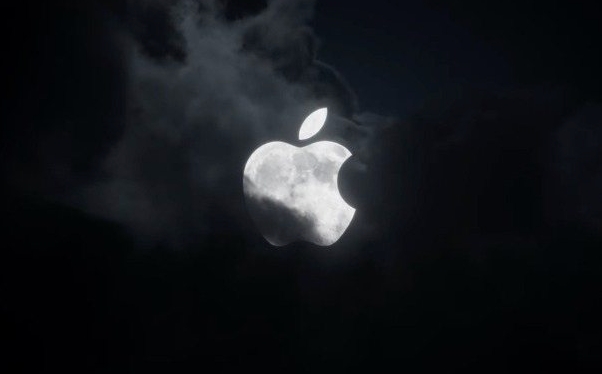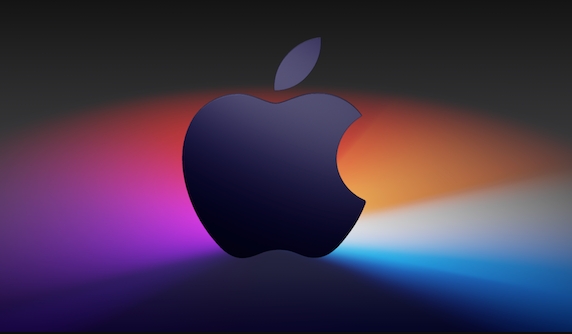To view the build version of macOS, 1. Click the Apple logo to select "About this machine", click "System Report" in the pop-up window, select "Software" on the left and find the Build Version on the right; 2. Open the terminal and enter the system_profiler SPSoftwareDataType or sw_vers command to view detailed information; 3. The build number is used to track system version, debug compatibility and technical support. The above method is suitable for query requirements in different scenarios.

If you want to know the version number of your current macOS, it is actually quite straightforward. But if it is your first time looking for it, you may be a little confused. Here’s the point: the build version of macOS (Build Number) is usually hidden in the "About Native" menu, but sometimes it takes a few steps to see it .

1. Enter "About this machine" from the menu bar
This is the most common and easiest way:

- Click on the Apple logo in the upper left corner of the screen?
- Select About This Mac
- The pop-up window will display the version number of macOS (such as macOS Ventura 13.4), but you still can't see the build number at this time.
To find the build number, click the "System Report" button in the "About Native" window. In the pop-up page, select the "Software" section on the left, and you can see the Build Version in the "System" column. The format is usually a string like 22F67 .
Tips: Different versions of macOS display slightly different ways, and some directly display the build number in the "About Native" interface.

2. Use terminal commands to quickly view
If you are used to using terminals, this method is faster:
- Open the terminal (you can search for "Terminal" with Spotlight)
- Enter any of the following commands:
system_profiler SPSoftwareDataType
Or a little more concise:
sw_vers
Both commands will output detailed system information including the build number. For example, in the output of system_profiler , you will see a line of data written with Boot Volume OS Kernel Baseband , including Build Version.
Tip: The
sw_verscommand will also display information such as the main version, minor version and other information of macOS, which is suitable for script judgment.
3. What is the use of building an account? Why do anyone check it?
A build number is not just a number, it can indicate the specific version of your system. For example:
- Apple uses build numbers to track bugs and updates internally
- Developers often need to know the exact Build Version when debugging to confirm compatibility
- If you participate in beta testing, the build numbers of different beta versions are different, which is convenient for distinguishing
So if you encounter system problems, are preparing to upgrade or contact technical support, providing a build account can help them locate problems faster.
Basically these are the methods. Although it is not complicated, many people really don’t know where to look at it at the beginning. Next time someone will ask you how to view the macOS build account. You can just throw these steps to him?
The above is the detailed content of How to find the build number of my current macOS?. For more information, please follow other related articles on the PHP Chinese website!

Hot AI Tools

Undress AI Tool
Undress images for free

Undresser.AI Undress
AI-powered app for creating realistic nude photos

AI Clothes Remover
Online AI tool for removing clothes from photos.

Clothoff.io
AI clothes remover

Video Face Swap
Swap faces in any video effortlessly with our completely free AI face swap tool!

Hot Article

Hot Tools

Notepad++7.3.1
Easy-to-use and free code editor

SublimeText3 Chinese version
Chinese version, very easy to use

Zend Studio 13.0.1
Powerful PHP integrated development environment

Dreamweaver CS6
Visual web development tools

SublimeText3 Mac version
God-level code editing software (SublimeText3)

Hot Topics
 How to handle high DPI display in C?
Apr 28, 2025 pm 09:57 PM
How to handle high DPI display in C?
Apr 28, 2025 pm 09:57 PM
Handling high DPI display in C can be achieved through the following steps: 1) Understand DPI and scaling, use the operating system API to obtain DPI information and adjust the graphics output; 2) Handle cross-platform compatibility, use cross-platform graphics libraries such as SDL or Qt; 3) Perform performance optimization, improve performance through cache, hardware acceleration, and dynamic adjustment of the details level; 4) Solve common problems, such as blurred text and interface elements are too small, and solve by correctly applying DPI scaling.
 How to uninstall MySQL and clean residual files
Apr 29, 2025 pm 04:03 PM
How to uninstall MySQL and clean residual files
Apr 29, 2025 pm 04:03 PM
To safely and thoroughly uninstall MySQL and clean all residual files, follow the following steps: 1. Stop MySQL service; 2. Uninstall MySQL packages; 3. Clean configuration files and data directories; 4. Verify that the uninstallation is thorough.
 Detailed explanation of the installation steps of MySQL on macOS system
Apr 29, 2025 pm 03:36 PM
Detailed explanation of the installation steps of MySQL on macOS system
Apr 29, 2025 pm 03:36 PM
Installing MySQL on macOS can be achieved through the following steps: 1. Install Homebrew, using the command /bin/bash-c"$(curl-fsSLhttps://raw.githubusercontent.com/Homebrew/install/HEAD/install.sh)". 2. Update Homebrew and use brewupdate. 3. Install MySQL and use brewinstallmysql. 4. Start MySQL service and use brewservicesstartmysql. After installation, you can use mysql-u
 macOS: System Architecture and Core Components
Apr 28, 2025 am 12:05 AM
macOS: System Architecture and Core Components
Apr 28, 2025 am 12:05 AM
The system architecture of macOS includes hardware abstraction layer, XNU core, I/OKit, core services and Aqua user interface. Core components include the startup process, the APFS file system, and SystemIntegrityProtection. Performance optimization and best practices involve hardware configuration, software setup, and development skills.
 laravel installation code
Apr 18, 2025 pm 12:30 PM
laravel installation code
Apr 18, 2025 pm 12:30 PM
To install Laravel, follow these steps in sequence: Install Composer (for macOS/Linux and Windows) Install Laravel Installer Create a new project Start Service Access Application (URL: http://127.0.0.1:8000) Set up the database connection (if required)
 macOS and Linux: Compatibility and User Experience
Apr 30, 2025 am 12:05 AM
macOS and Linux: Compatibility and User Experience
Apr 30, 2025 am 12:05 AM
macOS and Linux have their own advantages in compatibility and user experience. macOS has excellent compatibility within the Apple ecosystem, and the user experience is simple and intuitive; Linux has outstanding hardware compatibility and software flexibility. The user experience varies from distribution to distribution, emphasizing personalization and control.
 How to check the warehouse address of git
Apr 17, 2025 pm 01:54 PM
How to check the warehouse address of git
Apr 17, 2025 pm 01:54 PM
To view the Git repository address, perform the following steps: 1. Open the command line and navigate to the repository directory; 2. Run the "git remote -v" command; 3. View the repository name in the output and its corresponding address.
 What are the cross-platform development environments in C?
Apr 28, 2025 pm 09:24 PM
What are the cross-platform development environments in C?
Apr 28, 2025 pm 09:24 PM
Cross-platform development in C is recommended to use VisualStudioCode, CLion and QtCreator. 1. VisualStudioCode is lightweight and flexible, suitable for multi-platform development, but the initial configuration is more complicated. 2. CLion integrates CMake, suitable for cross-platform projects, but licenses are expensive. 3.QtCreator supports cross-platform development, with built-in Qt library, but the learning curve is steep.







